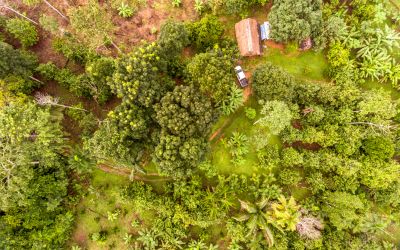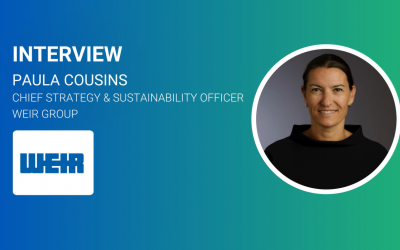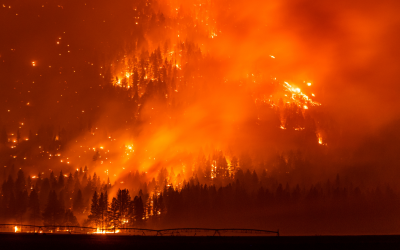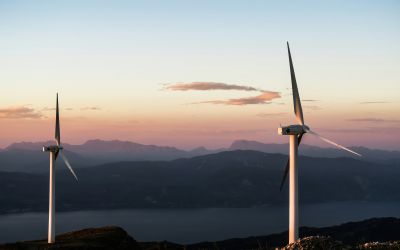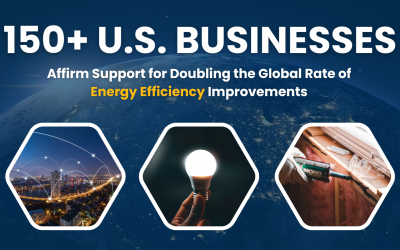Renewable energy on islands: a pathway to prosperity
Islands from the Caribbean to the South China Sea are perhaps best known for their beautiful beaches, azure waters and rich sea life, but they are rich in something else as well: renewable energy. In most small island developing states (SIDS), a combination of renewable energy sources can meet the majority, if not all, domestic energy needs. In this way, islands can showcase how to successfully operate power systems with high shares of variable renewable energy, while also decreasing electricity costs, increasing energy access, creating jobs and boosting energy security.
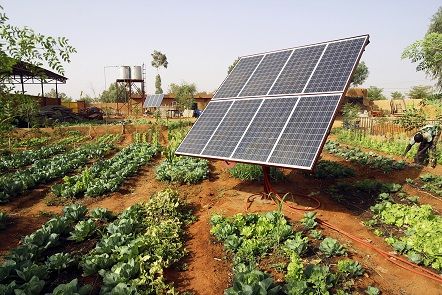
Islands from the Caribbean to the South China Sea are perhaps best known for their beautiful beaches, azure waters and rich sea life, but they are rich in something else as well: renewable energy.
In most small island developing states (SIDS), a combination of renewable energy sources can meet the majority, if not all, domestic energy needs. In this way, islands can showcase how to successfully operate power systems with high shares of variable renewable energy, while also decreasing electricity costs, increasing energy access, creating jobs and boosting energy security.
Take Fiji and Vanuatu, for example. Both nations have abundant solar, geothermal, wind and bioenergy resources, but are still heavily dependent on imported fossil fuels. In recent years, the high and fluctuating cost of imported energy has hampered social and economic development in these countries.
The Marshall Islands also depends on imported fossil fuels for 90 per cent of its primary energy supply, and in 2008 was forced to declare a state of economic emergency due to a spike in fuel prices.
The development of the local, available and abundant renewable resources in these island nations provides an excellent avenue to decrease their dependency on fuel imports and reduce risks associated with oil price volatility. Fiji, for example, is identified by the Geothermal Energy Association as one of 39 countries that could meet 100 per cent of their electricity demand solely by tapping the renewable energy from underground heat.
Energy access is another issue for many island nations. In Fiji, 20 per cent of rural homes lack access to electricity. In Vanuatu, only 80 per cent of urban households and 17 per cent of rural households currently receive electricity. Off-grid renewable energy systems can dramatically improve energy access in island contexts.
The Marshall Islands, for example, brought clean energy to more than 95 per cent of its remote, outer island communities, thanks to the installation of stand-alone solar photovoltaic systems.
The Marshall Islands...brought clean energy to more than 95 per cent of its remote, outer island communities
Beyond increasing energy security and energy access, the uptake of renewable energy technologies on islands is now more cost-effective than ever before. Solar PV module prices have dropped 75 per cent since 2009 and residential solar PV systems are now as much as 65 per cent cheaper than in 2008, according to IRENA’s renewable energy cost analysis. In the island context, renewables are now a more affordable option for off-grid investment than electricity systems based on diesel.
Island success stories
The strong business case for renewable energy in island contexts has not gone unnoticed and developments in the sector are creating some early success stories.
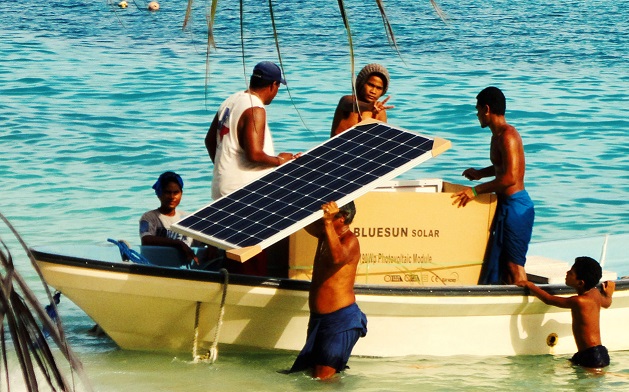 In Cabo Verde, the Cabeolica Wind Project connected 50,000 citizens to the national electricity grid. It will generate approximately 25 per cent of the country’s energy, thereby diversifying the energy mix and protecting the electricity sector from oil price volatility.
In Cabo Verde, the Cabeolica Wind Project connected 50,000 citizens to the national electricity grid. It will generate approximately 25 per cent of the country’s energy, thereby diversifying the energy mix and protecting the electricity sector from oil price volatility.
Further, the power generated is 20 per cent cheaper, cleaner and more reliable, helping to decrease the number of outages and support economic growth.
In the Dominican Republic, 23 small micro hydropower plants have been installed since 2008, providing sustainable energy to more than 3,000 families across the country.
By 2014, the new power supply had helped more than 40 per cent of participating communities develop small enterprises. The projects also help families save earnings. For example, households in the village of La Cabirma spend on average 30 per cent less on energy needs.
In the Kingdom of Tonga, La’a Lahi (big sun) solar field project now meets almost 20 per cent on Vava’u island’s energy needs, while avoiding estimated emissions of 724 tons of CO2 per annum. During construction, local job development was equivalent to US$400,000.
St Vincent and the Grenadines has also embarked on a large geothermal project, viewed as a ‘game changer’ in the energy sector. Highly dependent on diesel for its growing energy demands, the country has one of the highest costs of electricity in the region. The geothermal project, funded in part by a loan from the IRENA-Abu Dhabi Fund for Development Project Facility, will create lower and more stable energy prices, decrease energy import bills by US$15.6 million and meet 75 per cent of the country’s energy needs.
Islands on the front lines of climate change
As demonstrated by these examples, SIDS are poised to become pioneers in demonstrating the possibilities that renewable energy solutions offer, both in terms of their ability to surpass fossil fuels as the predominant energy source in power systems, and in their ability to address socio-economic development needs while reducing the vulnerability to environmental change.
SIDS are poised to become pioneers in demonstrating the possibilities that renewable energy solutions offer
Ironically, while islands are relatively low emitters of greenhouse gases, they are among the hardest hit by the effects of climate change and rising sea levels. The Polynesian island group of Tuvalu has reportedly lost four islands since 2000. The Marshall Islands and Papua New Guinea have also lost islets and other SIDS like Palau face daily flooding.
While SIDS were not expected to prepare mitigation goals in the lead-up to the climate negotiations in Paris (COP21), some have already voluntarily done so, including Trinidad and Tobago, the Marshall Islands, Grenada and the Dominican Republic. Others have developed strategies, plans and actions to lower greenhouse gas emissions by transforming their predominantly fossil-fuel-based power sectors to renewable energy.
Framework for further action
While it is clear that strong renewable energy potential exists on islands, the pace of development is still too slow. With the falling costs of renewable energy technologies there is a unique opportunity now to fund the transition from fossil fuels to renewable energy.
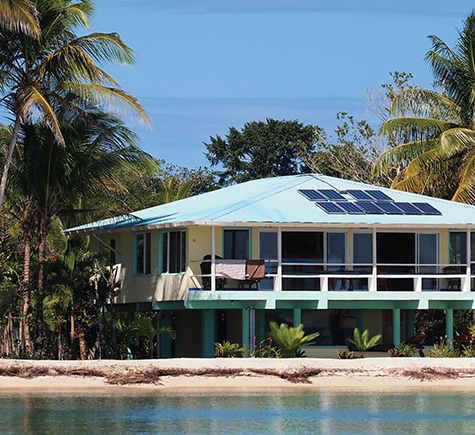 Many island nations have introduced targets and plans to promote renewable energy deployment, yet the design of effective policies and regulations often lags behind, thus hampering their development. The creation of bankable renewable energy project proposals and matchmaking to pair good projects with financing are also necessary to speed deployment.
Many island nations have introduced targets and plans to promote renewable energy deployment, yet the design of effective policies and regulations often lags behind, thus hampering their development. The creation of bankable renewable energy project proposals and matchmaking to pair good projects with financing are also necessary to speed deployment.
To help overcome this and other challenges, and encourage and accelerate action in small island developing states, IRENA launched the SIDS Lighthouses Initiative at the Climate Summit in September 2014.
The initiative supports SIDS partners in achieving their renewable energy targets by providing access to a suite of planning, policy and finance tools and services, as well as an information sharing network. So far, 27 SIDS partners from the Caribbean, Pacific, Africa, Indian Ocean, Mediterranean and South China Sea have joined the initiative, and 19 development partners.
Together, they pledge to achieve more than 120MW of new renewable energy deployment by 2020. Furthermore, all participating SIDS are committed to develop renewable energy roadmaps, and the Initiative will facilitate engagement with stakeholders to mobilise US$500 million in financing to support the implementation of these plans.
In the lead up to COP21, workshops with SIDS partners and stakeholders were held in Martinique, Honolulu, Kuala Lumpur and Cape Town to identify needs in terms of planning, implementation and financing, necessary to achieve their renewable energy country targets and collective commitments.
An early outcome from the pre-COP roadshow was the Martinique Action Plan, which sets a clear agenda for next steps to accelerate deployment of renewable energy in SIDS. The final milestone for the islands and renewables series is taking place at COP21 in Paris this December, where IRENA is host of an event showcasing progress made on the SIDS Lighthouses Initiative.
For SIDS, leading on climate action is not just about saving the environment; it is about saving their communities
For SIDS, leading on climate action is not just about saving the environment; it is about saving their communities, families and homes for future generations. Many island nations have taken the first, second or even third step towards the large-scale use of domestic renewable energy.
With renewable energy sources now cost-competitive with oil-generated electricity, islands have an unprecedented opportunity to rethink their energy strategy, develop policies and strengthen the institutions that would promote the deployment of renewable energy, and by doing so create jobs, bring power to those currently without it and deliver more reliable electricity services, all while combating climate change and preserving their way of life.



